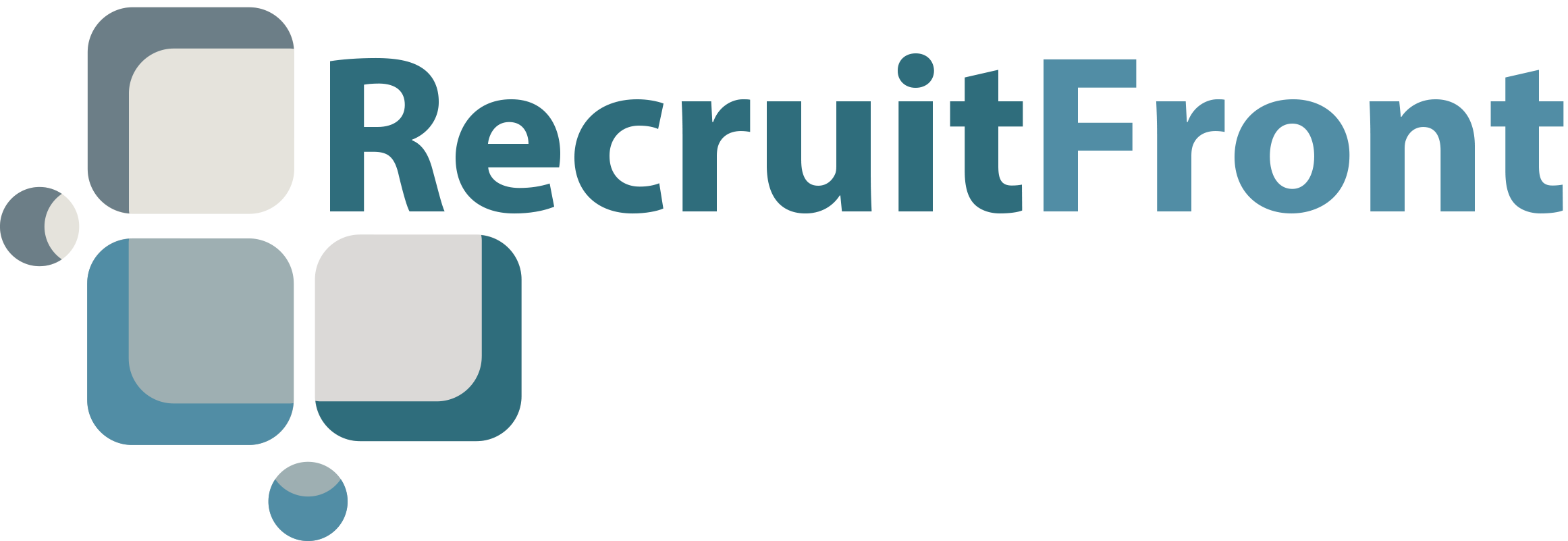Building a Stand-Out Teacher Portfolio
As a passionate educator seeking a K-12 teaching position in New York State, your portfolio is your chance to shine. It's a powerful tool to showcase your skills, experience, and dedication to fostering student growth. But what makes a great portfolio stand out from the crowd? Here's a breakdown of the essential components and attributes you need to consider:
Essential Components:
Teaching Philosophy: This cornerstone statement outlines your beliefs about teaching and learning. Explain your approach to fostering student engagement, differentiation, and assessment. Align your philosophy with New York State's learning standards and highlight your commitment to creating an inclusive and supportive learning environment.
Teaching Experience: Provide a concise overview of your teaching history, including relevant details like grade levels, subjects taught, and school districts. Briefly mention significant accomplishments or challenges you've overcome.
Teaching Artifacts: This section showcases your teaching in action. Include lesson plans, student work samples, rubrics, or multimedia presentations that demonstrate your instructional strategies and effectiveness. Ensure these artifacts align with your teaching philosophy and showcase diverse teaching methods.
Reflective Statement: Reflect on your teaching practice and professional development. Analyze successes, identify areas for improvement, and explain how you've addressed them. Showcase your commitment to continuous learning and growth.
Testimonials: Include letters of recommendation from previous administrators, colleagues, or even parents. These provide external validation of your skills and impact on students.
Attributes of a Winning Portfolio:
Clarity and Conciseness: Present information in a clear, organized, and easy-to-navigate format. Avoid jargon and lengthy explanations. Use bullet points, headings, and visuals to enhance readability.
Alignment: Ensure all sections connect with your overall teaching philosophy and highlight your strengths as an educator aligned with New York State's teaching standards.
Professionalism: Maintain a professional tone throughout your portfolio. Use proper grammar, formatting, and a visually appealing layout.
Evidence-Based: Support your claims with concrete evidence from your teaching artifacts and data.
Tailoring: While maintaining a core structure, tailor your portfolio to each specific position you apply for. Highlight relevant experiences and skills that meet the school's needs and align with the grade level and subject you're applying for.
Additional Tips:
Keep it current: Regularly update your portfolio with new experiences and achievements.
Get feedback: Seek feedback from colleagues or mentors on your portfolio's clarity and effectiveness.
Consider online versions: Explore creating an online portfolio using platforms like Wix, Squarespace, or Google Sites for wider accessibility.
By building a well-structured, compelling portfolio that showcases your unique strengths and commitment to student success, you'll be well-positioned to stand out in the competitive job market for K-12 teaching positions in New York State. Remember, your portfolio is a reflection of your dedication to the profession, so invest time and effort in crafting a document that truly represents the passionate educator you are.
